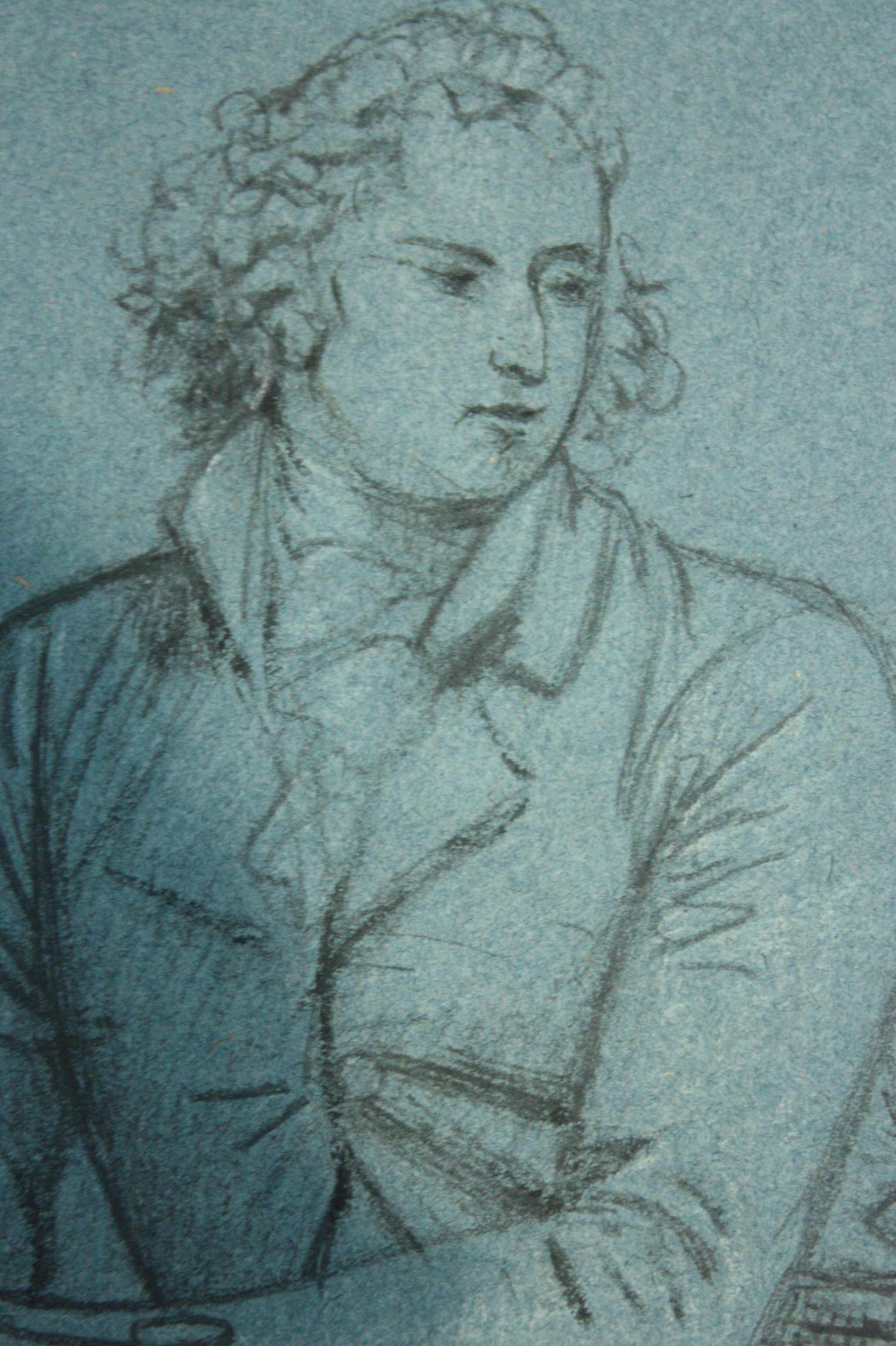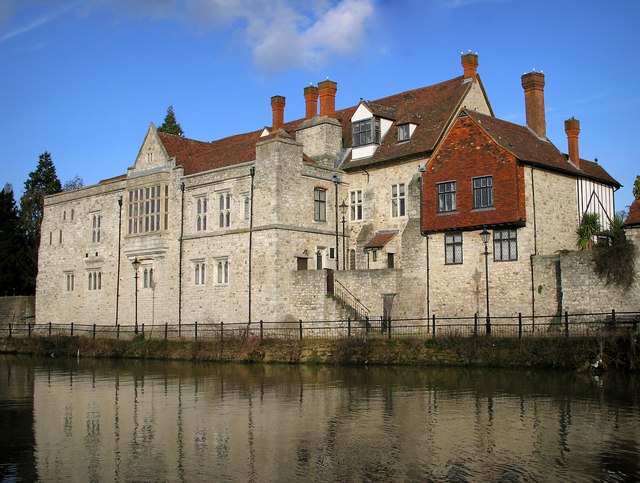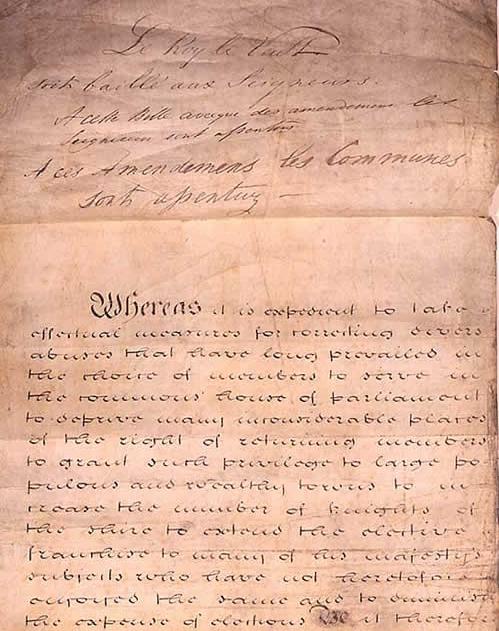|
Thomas Muir (radical)
Thomas Muir (24 August 1765 – 26 January 1799), also known as Thomas Muir the Younger of Huntershill, was a Scottish political reformer and lawyer. Muir graduated from Edinburgh University and was admitted to the Faculty of Advocates in 1787, aged 22. Muir was a leader of the Society of the Friends of the People. He was the most important of the group of two Scotsmen and three Englishmen on the Political Martyrs' Monument, Edinburgh (the others being Thomas Fyshe Palmer, William Skirving, Maurice Margarot and Joseph Gerrald). In 1793 they were sentenced to transportation to Botany Bay Australia for sedition. Two years later in 1796, Muir dramatically escaped from Botany Bay on the American ship the ''Otter'' for America. After a voyage across the uncharted Pacific Ocean the ''Otter'' reached Nootka Sound, Vancouver Island June 1796. The diaries of the first mate Pierre François Péron describe Muir's escape and voyage across the Pacific as far as Monterey, California. Fr ... [...More Info...] [...Related Items...] OR: [Wikipedia] [Google] [Baidu] |
Alexander Stoddart
Alexander "Sandy" Stoddart (born 1959) is a Scottish sculptor, who, since 2008, has been the Queen's Sculptor in Ordinary in Scotland. He works primarily on figurative sculpture in clay within the neoclassical tradition. Stoddart is best known for his civic monuments, including bronze statues of David Hume and Adam Smith, philosophers during the Scottish Enlightenment, on the Royal Mile in Edinburgh, and others of James Clerk Maxwell, William Henry Playfair and John Witherspoon. Stoddart says of his own motivation, "My great ambition is to do sculpture for Scotland", primarily through large civic monuments to figures from the country's past. Stoddart was born in Edinburgh and raised in Renfrewshire, where he developed an early interest in the arts and music, and later trained in fine art at the Glasgow School of Art (1976–1980) and read the History of Art at the University of Glasgow. During this time he became increasingly critical of contemporary trends in art, such a ... [...More Info...] [...Related Items...] OR: [Wikipedia] [Google] [Baidu] |
Pierre François Péron
French Captain Pierre François Péron, born in 1769 at Lambézellec, near Brest, was a French sailor and trading captain who sailed to many different locations in the late 18th century. He owned his ship until it was captured by the British, following which he became a sealer and adventurer. Captain Péron reports that he was marooned three years (from 1792 to 1795) on New Amsterdam Island or Île Amsterdam. He wrote an account about being marooned for 40 months gathering sealskins on that lonely Southern Indian Ocean island. There was confusion in the early days between Amsterdam and Saint Paul Islands, and it is clear that the island is the one now known as Saint Paul. In February 1793 Sir George Staunton was on his way to China on as secretary to the Macartney embassy on the East Indiaman ''Hindostan''. At Île Amsterdam they found a sealer named Perron and 4 others on the southern of the two islands, now called Saint Paul Island. Later, ''Lion'' captured the French sh ... [...More Info...] [...Related Items...] OR: [Wikipedia] [Google] [Baidu] |
Presbyterian
Presbyterianism is a part of the Reformed tradition within Protestantism that broke from the Roman Catholic Church in Scotland by John Knox, who was a priest at St. Giles Cathedral (Church of Scotland). Presbyterian churches derive their name from the presbyterian form of church government by representative assemblies of elders. Many Reformed churches are organised this way, but the word ''Presbyterian'', when capitalized, is often applied to churches that trace their roots to the Church of Scotland or to English Dissenter groups that formed during the English Civil War. Presbyterian theology typically emphasizes the sovereignty of God, the authority of the Scriptures, and the necessity of grace through faith in Christ. Presbyterian church government was ensured in Scotland by the Acts of Union in 1707, which created the Kingdom of Great Britain. In fact, most Presbyterians found in England can trace a Scottish connection, and the Presbyterian denomination was also ta ... [...More Info...] [...Related Items...] OR: [Wikipedia] [Google] [Baidu] |
Huntershill House
Huntershill House is a classic example of an 18th-century Laird's house, built c.1769-1781, designed by an unknown architect. The lands of Huntershill were formerly part of the lands of Auchinairn owned by James Lyle; "his circumstances having become embarrassed his Lands of Auchinairn were sold by his Creditors by Public Roup in several lots" on the 15th day of October 1748. From the 1780s it was the family home of the political reformer Thomas Muir, Younger of Huntershill (1765–1799). Auchinairn is now closely entwined with Bishopbriggs, East Dunbartonshire, Scotland. Huntershill house is currently owned by East Dunbartonshire Council, and is a category B listed building, unfortunately during their ownership the building has fallen into disrepair and has ended up being listed on the Buildings at Risk Register for Scotland The Buildings at Risk Register for Scotland records buildings of national architectural or historic interest which are considered to be under threat. Th ... [...More Info...] [...Related Items...] OR: [Wikipedia] [Google] [Baidu] |
Maidstone
Maidstone is the largest Town status in the United Kingdom, town in Kent, England, of which it is the county town. Maidstone is historically important and lies 32 miles (51 km) east-south-east of London. The River Medway runs through the centre of the town, linking it with Rochester, Kent, Rochester and the Thames Estuary. Historically, the river carried much of the town's trade as the centre of the agricultural county of Kent, known as the Garden of England. There is evidence of settlement in the area dating back before the Stone Age. The town, part of the borough of Maidstone, had an approximate population of 100,000 in 2019. Since World War II, the town's economy has shifted from heavy industry towards light industry and services. Toponymy Anglo-Saxon period of English history, Saxon charters dating back to ca. 975 show the first recorded instances of the town's name, ''de maeides stana'' and ''maegdan stane'', possibly meaning ''stone of the maidens'' or ''stone of the ... [...More Info...] [...Related Items...] OR: [Wikipedia] [Google] [Baidu] |
Reform Act Of 1832
The Representation of the People Act 1832 (also known as the 1832 Reform Act, Great Reform Act or First Reform Act) was an Act of Parliament of the United Kingdom (indexed as 2 & 3 Will. IV c. 45) that introduced major changes to the electoral system of England and Wales. It abolished tiny districts, gave representation to cities, gave the vote to small landowners, tenant farmers, shopkeepers, householders who paid a yearly rental of £10 or more, and some lodgers. Only qualifying men were able to vote; the Act introduced the first explicit statutory bar to women voting by defining a voter as a male person. It was designed to correct abuses – to "take effectual Measures for correcting divers Abuses that have long prevailed in the Choice of Members to serve in the Commons House of Parliament". Before the reform, most members nominally represented boroughs. The number of electors in a borough varied widely, from a dozen or so up to 12,000. Frequently the selection of Memb ... [...More Info...] [...Related Items...] OR: [Wikipedia] [Google] [Baidu] |
Chantilly, Oise
Chantilly ( , ) is a commune in the Oise department in the Valley of the Nonette in the Hauts-de-France region of Northern France. Surrounded by Chantilly Forest, the town of 10,863 inhabitants (2017) falls within the metropolitan area of Paris. It lies 38.4 km (23.9 miles) north-northeast of the centre of Paris and together with six neighbouring communes forms an urban area of 37,254 inhabitants (2018). Intimately tied to the House of Montmorency in the 15th to 17th centuries, the Château de Chantilly was home to the Princes of Condé, cousins of the Kings of France, from the 17th to the 19th centuries. It now houses the Musée Condé. Chantilly is also known for its horse racing track, Chantilly Racecourse, where prestigious races are held for the Prix du Jockey Club and Prix de Diane. Chantilly and the surrounding communities are home to the largest racehorse-training community in France. Chantilly is also home to the Living Museum of the Horse, with stables ... [...More Info...] [...Related Items...] OR: [Wikipedia] [Google] [Baidu] |
Île-de-France
The Île-de-France (, ; literally "Isle of France") is the most populous of the eighteen regions of France. Centred on the capital Paris, it is located in the north-central part of the country and often called the ''Région parisienne'' (; en, Paris Region). Île-de-France is densely populated and retains a prime economic position on the national stage: though it covers only , about 2% of metropolitan French territory, its 2017 population was nearly one-fifth of the national total. The region is made up of eight administrative departments: Paris, Essonne, Hauts-de-Seine, Seine-Saint-Denis, Seine-et-Marne, Val-de-Marne, Val-d'Oise and Yvelines. It was created as the "District of the Paris Region" in 1961. In 1976, when its status was aligned with the French administrative regions created in 1972, it was renamed after the historic province of Île-de-France. Residents are sometimes referred to as ''Franciliens'', an administrative word created in the 1980s. The GDP of the reg ... [...More Info...] [...Related Items...] OR: [Wikipedia] [Google] [Baidu] |
United Scotsmen
The Society of the United Scotsmen was an organisation formed in Scotland in the late 18th century and sought widespread political reform throughout Great Britain. It grew out of previous radical movements such as the ''Friends of the People Society'', and was inspired by the events of the French and American revolutions. Their aims were largely the same as those of the ''Society of the United Irishmen''. Societies of United Scotsmen had existed from the early 1790s, but it was only upon a delegation of United Irishmen arriving in Scotland to muster support for their cause that the United Scotsmen became more organised and more overtly revolutionary. The United Scotsmen were particularly adept at gaining support from the working classes of Scotland who stood to gain by becoming politically enfranchised, as the Society sought. The aim of the Society was universal suffrage and annually elected parliaments, with a strong streak of republicanism running through it as well. By the m ... [...More Info...] [...Related Items...] OR: [Wikipedia] [Google] [Baidu] |
Madrid
Madrid ( , ) is the capital and most populous city of Spain. The city has almost 3.4 million inhabitants and a metropolitan area population of approximately 6.7 million. It is the second-largest city in the European Union (EU), and its monocentric metropolitan area is the third-largest in the EU.United Nations Department of Economic and Social AffairWorld Urbanization Prospects (2007 revision), (United Nations, 2008), Table A.12. Data for 2007. The municipality covers geographical area. Madrid lies on the River Manzanares in the central part of the Iberian Peninsula. Capital city of both Spain (almost without interruption since 1561) and the surrounding autonomous community of Madrid (since 1983), it is also the political, economic and cultural centre of the country. The city is situated on an elevated plain about from the closest seaside location. The climate of Madrid features hot summers and cool winters. The Madrid urban agglomeration has the second-la ... [...More Info...] [...Related Items...] OR: [Wikipedia] [Google] [Baidu] |
Cádiz
Cádiz (, , ) is a city and port in southwestern Spain. It is the capital of the Province of Cádiz, one of eight that make up the autonomous community of Andalusia. Cádiz, one of the oldest continuously inhabited cities in Western Europe, was founded by the Phoenicians.Strabo, '' Geographica'' 3.5.5 In the 18th century, the Port in the Bay of Cádiz consolidated as the main harbor of mainland Spain, enjoying the virtual monopoly of trade with the Americas until 1778. It is also the site of the University of Cádiz. Situated on a narrow slice of land surrounded by the sea‚ Cádiz is, in most respects, a typically Andalusian city with well-preserved historical landmarks. The older part of Cádiz, within the remnants of the city walls, is commonly referred to as the Old Town (Spanish: ''Casco Antiguo''). It is characterized by the antiquity of its various quarters (''barrios''), among them ''El Pópulo'', ''La Viña'', and ''Santa María'', which present a marked con ... [...More Info...] [...Related Items...] OR: [Wikipedia] [Google] [Baidu] |
Havana
Havana (; Spanish: ''La Habana'' ) is the capital and largest city of Cuba. The heart of the La Habana Province, Havana is the country's main port and commercial center.Cuba ''The World Factbook''. Central Intelligence Agency. The city has a population of 2.3million inhabitants, and it spans a total of – making it the largest city by area, the most populous city, and the List of metropolitan areas in the West Indies, fourth largest metropolitan area in the Caribbean region. The city of Havana was founded by the Spanish Empire, Spanish in the 16th century, it served as a springboard for the Spanish colonization of the Americas, Spanish conquest of the Americas becoming a stopping point for Spanish galleons returning to Spain. ... [...More Info...] [...Related Items...] OR: [Wikipedia] [Google] [Baidu] |








